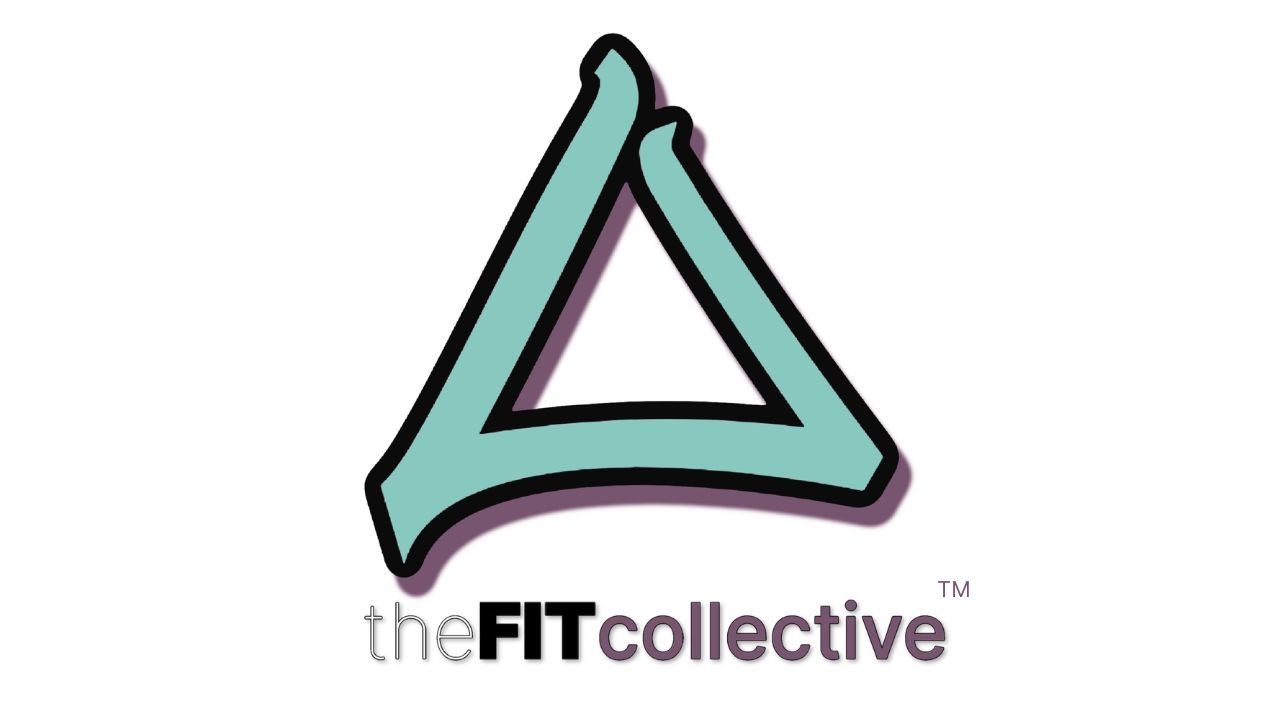178. Emotions We Eat With
Emotional eating is when we eat for something other than nourishment – usually to fulfill some kind of emotional need. Emotional eating is extremely common, and the emotions associated with it are usually relentless, fast, and often stemming from childhood. In this episode, I’m breaking down what these emotions are and how we can better manage these emotions.
The Predisposed Emotions of Emotional Eating
Restlessness
Boredom
Anxiety
Excitement
Anger
Sadness
Listen to Episode 178 Here
Or listen on your favorite podcast app: Apple Podcasts | Spotify | Android
What Emotional Eating Is
Your emotions are neither positive nor negative; they simply are. However, emotional eating can come from both positive and negative places – and it’s those negative emotions I want to talk about today.
I also want to acknowledge that you can be in control of your emotional eating and make a conscious choice to eat when you’re not hungry – but you need to understand the differences and also sit with your choice.
Negative emotions related to emotional eating often feel relentless. Unforgiving and like they won’t subside until you give in to the need to eat something you don’t necessarily want to eat.
Emotional Eating Patterns
Emotional eating patterns stem from the fleeting feeling of dopamine that we get when we indulge in some types of food. We feel an emotion, such as restlessness, boredom, or excitement, and give in to the need to eat, get a kick of dopamine from that, but then feel a corresponding emotion that causes us to eat… and the cycle continues.
Emotions can feel similar, like excitement and anxiety. It’s so important to sit with and understand the emotions you feel and why they make you feel like eating. Where do they stem from? Is there some other action you can take that will sate the emotional need?
Finally, I give you some practical methods you can use to shift out of the need to eat emotionally.
What do your emotions feel like when you eat emotionally? Do you have any strategies for managing your emotional eating? Let me know in the comments below!
In This Episode
The difference between positive and negative emotional eating [2:15]
What it means to be in control of your emotional eating [8:00]
Why negative emotions associated with emotional eating are ‘relentless’ [10:00]
What an emotional eating pattern looks like [17:00]
How excitement relates to anxiety [23:00]
Why it’s important to identify the emotions that make you want to emotionally eat [27:00]
How to better manage your emotions [27:30]
Quotes
“The definition of emotional eating is that we’re not eating for nourishment, but we’re eating more out of an emotional driving force.” [4:09]
“With restlessness, what can happen if we don’t numb the restlessness, and we feel like there’s no hope – that induces anxiety.” [19:51]
“It is almost like sadness is so all-encompassing that it doesn’t matter if it’s fast or slow. The slowness of it makes it even worse.” [25:53]
“The idea is to give yourself something else to do so that you can start the reprogramming process.” [29:17]
Resources Mentioned
31 Days of FIT. Learn more HERE.
Muscle Maintenance During Fat Loss. Waitlist HERE.
Fit Woman Collective™. Learn more HERE.
Transform® 8.0 deposit link is now open. Sign up HERE.
Episode 193: Creating Your Don’t Do List in 2024. Listen HERE.
Follow Dr. Ali Novitsky on TikTok | Facebook | Instagram | YouTube
Subscribe to The Muscles and Mindset Podcast on Apple Podcasts
Related Episodes
Episode 161: Barriers To Optimal Body Composition
Want to learn more about how my coaching programs help women physicians achieve optimal health and sustainable weight loss? Click HERE for a private info call with our Concierge team!

